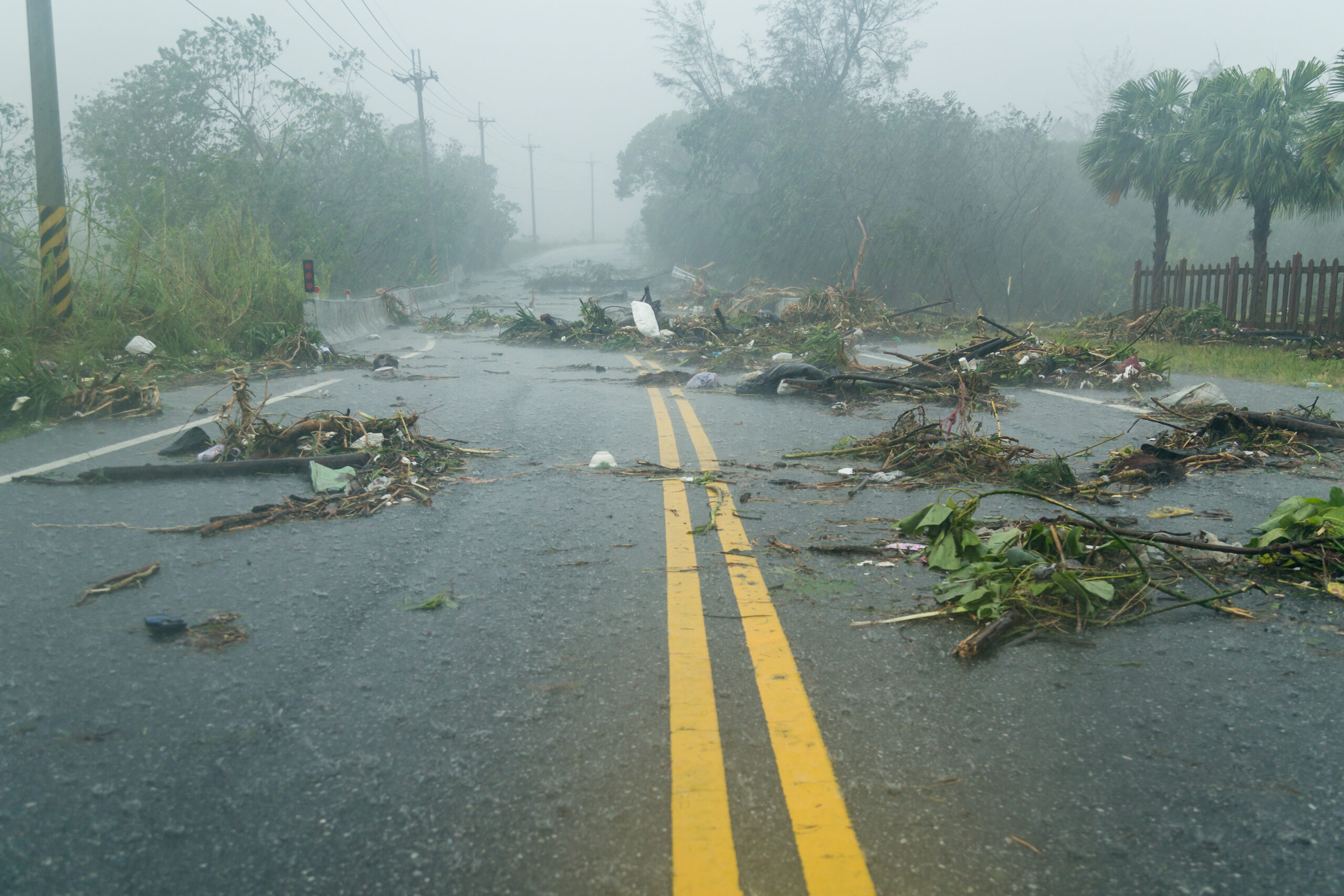Since the outbreak of COVID-19, Healthcare Ready has been learning more about the Defense Production Act (DPA) and how it’s being used to respond to the pandemic. We wanted to shed some light on this topic and share some highlights from our recent analysis.
What is the DPA?
The DPA’s main purpose is the prioritization, production, and distribution of contracts, materials, and supplies to benefit the needs of the national defense. It allows federal leadership to prioritize certain contracts over others to increase production efficiency, as well as expand production capabilities. The DPA also has the authority to establish voluntary agreements. Voluntary agreements are used to protect information sharing across peer companies and within supply chains to maximize efficiency when it comes to tackling the issue; all while defending against antitrust laws. We believe the collaboration seen across all sectors, brought on by the DPA, is essential in a national response.
How is DPA Currently Being Used to Fight COVID-19?
After the World Health Organization (WHO) classified COVID-19 as a pandemic, federal leadership issued an executive order on prioritizing and allocating health and medical resources to respond to the spread of COVID-19. To help surge capacity of hospitals and other healthcare systems, it was necessary to prioritize the production of personal protective equipment (PPE) like N95 masks and gowns and medical devices like ventilators to combat COVID-19.
Some specific examples where DPA authorities were used is with General Motors Company and 3M. In March, federal leadership authorized the acceptance and prioritization of ventilator contracts for General Motors. In April, 3M was required by FEMA to prioritize orders for their N95 respirators. In the same month, the first Department of Defense-authorized DPA Title III project was a $133 million investment to increase the domestic production of N95 masks by over 39 million in three months. This process of onshoring production takes time but it’s pivotal if we wish to cut our dependency on products that are mainly produced overseas. The main goal for the future will be sustaining that domestic production while also being globally competitive.
What is the Voluntary Agreement Under Section 708?
On May 12th, 2020, FEMA issued a meeting to develop a voluntary agreement on the federal registrar. “Voluntary agreements are between the federal government and representatives of industry to plan and coordinate actions to support national defense or emergency preparedness and response activities.” FEMA is developing a voluntary agreement under Section 708 of the Defense Production Act to maximize the effectiveness of the distribution of critical medical resources to combat COVID-19. They are working to establish a collaborative group by bringing together medical manufacturers, suppliers, distributors, and different federal agencies to coordinate, share information, and distribute medical resources to wherever is needed.
So, what would be the best way to accomplish such an agreement? One of the key elements in executing the voluntary agreement would be to identify all the credible entities across the private and public sector. This includes all the major medical manufactures, distributors, GPOs, etc. as well as all the federal entities. The second most important factor would be the data sharing element. It’s necessary to clearly articulate information sharing practices, such as, how the information will be shared between the public and private entities and how the data will be stored and who will store it. Overall, the data management planning and collection should see input from both the federal and private sector participants if it wishes to be effective.
On August 6th, 2020, the attorney general approved the section 708 voluntary agreement. As we wait for the notice to be published on the Federal Register, it should be recognized that there may be some speed bumps along the way because this is a function of the government that hasn’t been used in quite some time. Regardless, if executed correctly, this voluntary agreement could remove any hindrance that is keeping us from maximizing the collaboration across the public and private sectors.
What’s Next and Why does it Matter? Public-Private Coordination Importance during COVID-19
Healthcare Ready’s ongoing work of connecting private companies with federal agencies has seen, firsthand, the benefits of collaboration. There are so many benefits when it comes to data sharing, planning, distribution efforts, etc. With speed being such an important factor in managing a national emergency, the collaboration between the public and private sectors creates an ease of access for the protected flow of data and information which is pivotal to combatting this pandemic we are in.







